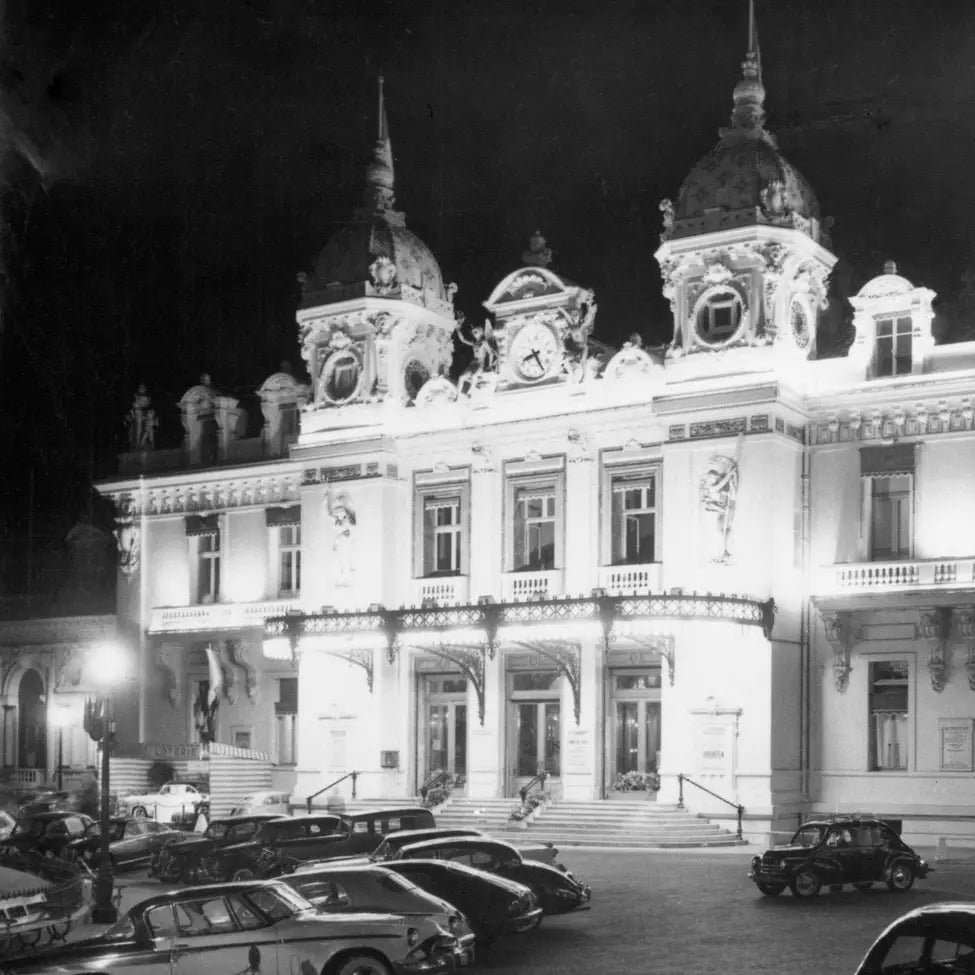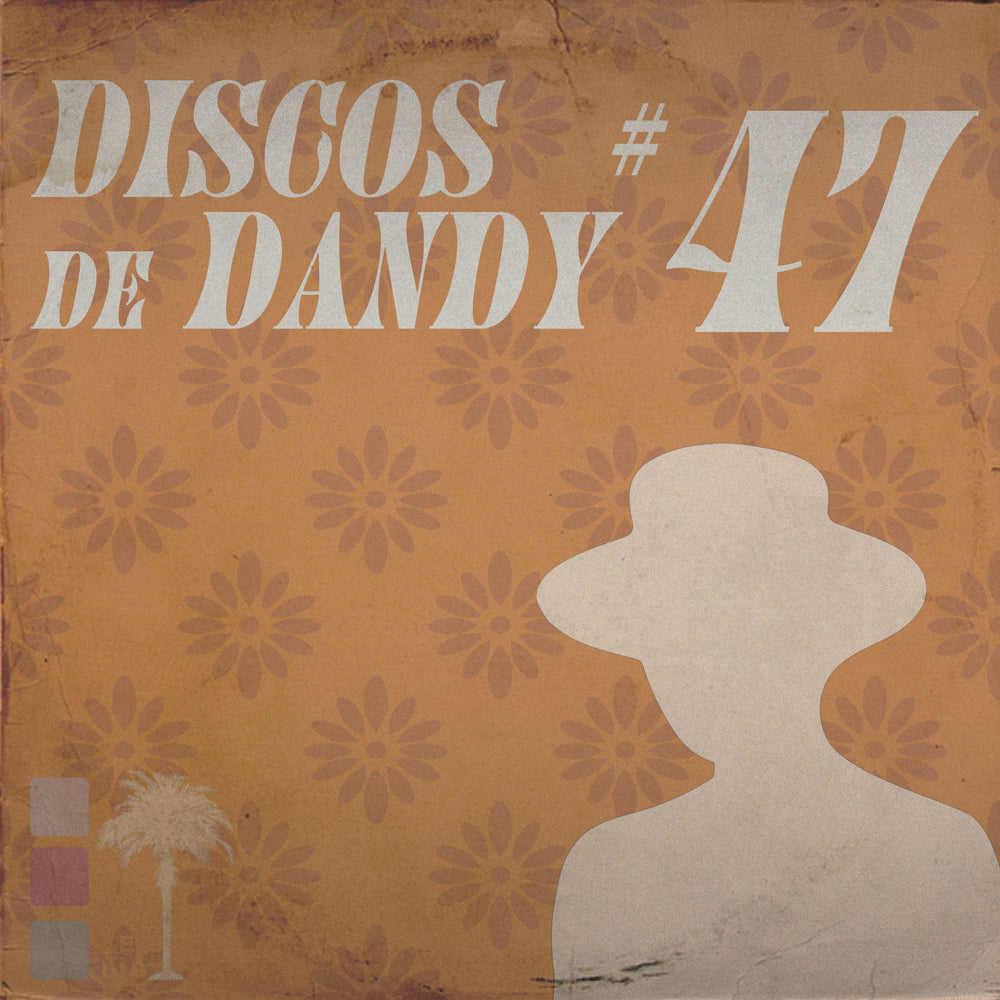In the heart of Monaco, the Monte Carlo Casino stands as a beacon of opulence and grandeur, captivating visitors from around the globe since its construction in the mid 19th century. This architectural marvel, with its rich history and cultural significance, continues to enchant those who make it their business to trot the globe and roll the dice. Here we’ll delve into the fascinating history of this renowned destination, exploring its inimitable architecture, significant events, and the vibrant allure it still holds today.
The Monte Carlo Casino, officially known as the Casino de Monte-Carlo, was inaugurated in 1863, masterminded by the French architect Charles Garnier, who was also responsible for the Paris Opera House. The casino's design is a harmonious blend of Belle Époque and Baroque styles, featuring intricate frescoes, lavish gold accents, and grand chandeliers that epitomize luxury. The facade, adorned with allegorical sculptures, immediately conveys a sense of ultimate grandeur. Upon entering, visitors are greeted by the ornate atrium, with its marble colonnades and dazzling mosaic floor, setting the stage for what is likely to become a memorable experience.
The casino's establishment was a pivotal moment for Monaco, transforming the small principality into a thriving hub of wealth and entertainment. Prince Charles III of Monaco, seeking to alleviate the principality's financial woes, envisioned the casino as a solution to attract affluent visitors. The success of the casino not only revitalized Monaco's economy but also cemented its status as a premier luxury destination. The surrounding area, aptly named Monte Carlo in honor of Prince Charles, quickly became synonymous with glamour and high society.
Throughout its history, the Monte Carlo Casino has been the backdrop for numerous significant events and illustrious personalities. In the early 20th century, the casino became a playground for European aristocracy and wealthy industrialists. It also inspired Ian Fleming, leading to its iconic portrayal in the James Bond novel and subsequent films, "Casino Royale." This association with the suave British spy further solidified the casino's image as a place of international intrigue.
Today, the Monte Carlo Casino continues to exude its timeless charm, attracting a diverse array of visitors, from casual tourists to high-rolling gamblers. The casino offers a variety of gaming rooms, each with its unique ambiance. The Salle Garnier, an opulent opera house within the casino, hosts performances and cultural events, adding to the multifaceted allure of the establishment. Outside, the beautifully manicured Casino Square provides a picturesque setting, surrounded by luxury boutiques and top brass cafes, offering a glimpse into the lavish lifestyle that Monte Carlo embodies.
One of the most captivating historical anecdotes associated with the Monte Carlo Casino involves the legendary ballet impresario Sergei Diaghilev. In 1911, Diaghilev's Ballets Russes premiered "The Rite of Spring" at the casino's Salle Garnier. The performance, with its avant-garde choreography and revolutionary music by Igor Stravinsky, caused a sensation and remains one of the most influential events in the history of ballet.
Another intriguing episode from the casino's storied past is the tale of François Blanc, the casino's visionary operator. Blanc, often referred to as the "Magician of Monte Carlo," was instrumental in the casino's early success. His innovative approach to casino management and marketing, combined with his flair for spectacle, attracted a clientele that included royalty, celebrities, and entrepreneurs, solidifying the casino's reputation as an institution whose colorful reality comes close to fiction.
Whether you are a history enthusiast, an architecture aficionado, or Dandy-on-the-lam, the Monte Carlo Casino will transport you to novel states of mind – perhaps at the baccarat table, the roulette, poker or stud. At Monte Carlo, the world is everyone’s oyster.




Share:
LEISURE LETTER 88: DISCOS DE DANDY #41
LEISURE LETTER 90: DISCOS DE DANDY #42